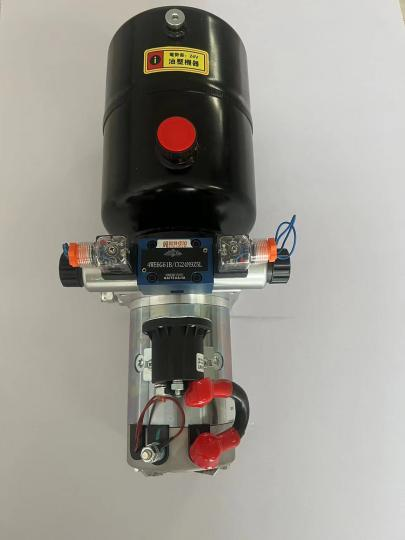Aug . 22, 2024 05:48 Back to list
Efficient Honing Techniques for Hydraulic Cylinder Performance Enhancement
Honing Hydraulic Cylinder An Overview
Honing hydraulic cylinders play a crucial role in various industrial applications, from manufacturing and construction to automotive and aerospace. The honing process enhances the internal surface finish of hydraulic cylinders, thereby improving their performance, durability, and efficiency. This article delves into the significance of honing hydraulic cylinders, the process involved, and the advantages it offers to industries that rely on high-quality hydraulic systems.
What is Honing?
Honing is a machining process that uses abrasive tools to achieve precise dimensions and superior surface finishes. It is commonly employed to improve the internal surface of cylindrical components, such as hydraulic cylinders. The honing process involves several steps, including the selection of appropriate honing stones, the use of cutting fluids, and controlling cutting speeds and feeds to achieve the desired outcome.
Importance of Honing in Hydraulic Cylinders
Hydraulic cylinders are vital components in hydraulic systems, which convert hydraulic energy into mechanical work. These cylinders utilize pressurized fluid to produce motion and force. The internal surface quality of the cylinder directly affects the overall performance of the hydraulic system. A well-honed hydraulic cylinder ensures smooth movement of the piston, reduces friction, minimizes wear, and prevents leakage, thereby enhancing the efficiency and lifespan of the equipment.
The Honing Process
The honed surface of a hydraulic cylinder is essential for its optimal functionality. The honing process involves
1. Selection of Abrasives The type of abrasive used is crucial as it must be suited to the material of the hydraulic cylinder. Common abrasives include aluminum oxide, silicon carbide, and diamond, each serving different needs.
2. Machining Parameters Factors such as honing speed, pressure, and oil flow rate are carefully controlled to ensure that the right amount of material is removed without damaging the cylinder.
3. Surface Finish The objective of honing is to produce a specific surface finish, characterized by a desired roughness value (Ra). A smoother finish allows for better sealing and less friction between moving parts.
honing hydraulic cylinder product

4. Quality Control After honing, the cylinder undergoes rigorous inspection to ensure it meets industry standards. This ensures that each hydraulic cylinder can perform effectively under high pressure and dynamic conditions.
Advantages of Honed Hydraulic Cylinders
Honing hydraulic cylinders offers numerous benefits that are vital to their performance
1. Enhanced Performance A finely honed surface reduces friction between the piston and the cylinder, allowing for smoother operation and faster response times in hydraulic systems.
2. Increased Longevity By minimizing wear and tear, honing extends the life of hydraulic cylinders, reducing the need for replacements and repairs, leading to cost savings.
3. Improved Sealing A precise surface finish enhances the sealing capabilities of the hydraulic cylinders, preventing leaks and ensuring efficient operation.
4. Higher Efficiency Less friction means that less energy is required to run hydraulic systems, which leads to lower operational costs and better fuel efficiency in heavy machinery.
5. Versatility Honed hydraulic cylinders can be tailored to meet specific requirements in various applications, making them invaluable in diverse industries.
Conclusion
Honing hydraulic cylinders is an essential process that significantly impacts the performance and durability of hydraulic systems. By ensuring optimal surface quality, honing not only extends the life of hydraulic components but also enhances the efficiency and reliability of equipment in critical industrial applications. In an era where maximum productivity and minimal downtime are paramount, honing stands out as a key technique in the manufacturing of high-performance hydraulic cylinders. As industries continue to evolve, honing will play a vital role in meeting the demands of increasingly complex hydraulic systems.
-
Fork Lift Power Units - Hebei Shenghan | Efficiency, Reliability
NewsJul.13,2025
-
1.5-Ton Turbocharged Cylinder-Hebei Shenghan|Hydraulic Solution,Energy Efficiency
NewsJul.13,2025
-
Auto Hoist Power Units-Hebei Shenghan|Efficiency&Industrial Lifting
NewsJul.13,2025
-
Double Acting Power Units-Hebei Shenghan|Hydraulic Solutions,Industrial Efficiency
NewsJul.13,2025
-
1.5 Ton Lifting Cylinder 70/82-40-290-535 - High-Performance Hydraulic Solution | Hebei Shenghan
NewsJul.13,2025
-
Fork Lift Power Units - Hebei Shenghan | Efficiency&Reliability
NewsJul.13,2025
